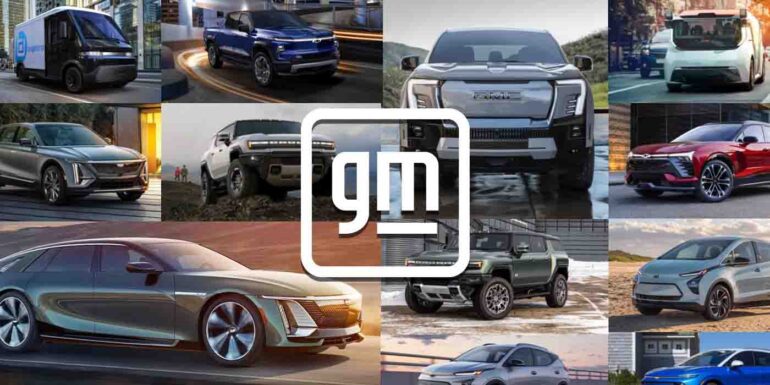TL;DR:
- General Motors (GM) and Google partner to integrate AI technologies across the automaker’s operations.
- Collaboration centers on generative AI, enhancing user experiences and services.
- GM’s OnStar Interactive Virtual Assistant (IVA), powered by Google Cloud’s AI, leads the initiative.
- Potential applications include streamlined vehicle validation and enriched in-car assistance.
- Mike Abbott, GM’s EVP of Software and Services, emphasizes AI’s transformative potential.
- GM’s broader collaboration with Microsoft also explores AI integration.
- Mercedes-Benz follows suit, deploying AI in more than 900,000 vehicles for enhanced in-car interaction.
Main AI News:
In a strategic move that underscores the rapid evolution of the automotive landscape, General Motors (GM) has forged a formidable alliance with Google to infuse AI advancements into its operations. This dynamic collaboration, unveiled recently, echoes the growing significance of artificial intelligence in reshaping industries, as GM looks to harness Google’s AI expertise across its expansive business spectrum.
At the heart of this partnership lies the convergence of GM’s automotive prowess and Google’s trailblazing cloud technology. This synergy, primarily focused on generative AI – also referred to as conversational AI – marks an expansion of their previous joint endeavor: the successful launch of GM’s OnStar Interactive Virtual Assistant (IVA) in 2022. This innovative IVA system, powered by Google Cloud’s intent-recognition algorithms, revolutionizes user experiences by providing prompt responses to common inquiries, route optimization, and navigation aid through a sophisticated conversational interface.
As the automotive realm continually embraces AI applications, comparable to the widely acclaimed ChatGPT, its potential becomes a paramount topic of discussion. For the automotive sector, this envisions a realm of possibilities – from streamlined vehicle validation processes to enriched in-car software and assistance, much like GM’s OnStar service. A pioneering example of this burgeoning trend is the strategic integration of AI within the driving experience.
Mike Abbott, GM’s Executive Vice President of Software and Services and a notable figure from the tech realm with prior ties to Apple, emphasized the transformative capacity of generative AI. “Generative AI has the potential to revolutionize the buying, ownership, and interaction experience inside the vehicle and beyond, enabling more opportunities to deliver new features and services,” said Abbott.
It’s important to note that GM’s pursuit of AI isn’t confined to this partnership alone. The company’s broader collaboration with tech giant Microsoft has already seen explorations into leveraging the capabilities of ChatGPT. The trajectory of the automotive industry’s technological prowess is undeniable, with key players actively seeking ways to amplify the driver’s journey.
This collaborative momentum isn’t exclusive to GM and Google; the trend has spanned the industry. Even luxury automaker Mercedes-Benz has harnessed the power of AI. In an ambitious undertaking, the company has revealed plans to deploy in-car ChatGPT artificial intelligence across more than 900,000 vehicles in the U.S. This cutting-edge integration is set to significantly augment the capabilities of its voice assistant, Hey Mercedes, ushering in a new era of automotive interaction.
Conclusion:
The partnership between General Motors and Google underscores the automotive industry’s rapid evolution toward AI integration. The utilization of generative AI in vehicles, exemplified by GM’s OnStar IVA, signifies a profound shift in user experiences and services. This trend signifies a broader market shift where leading automakers are recognizing the transformative potential of AI, reshaping interactions and services within the automotive landscape.

